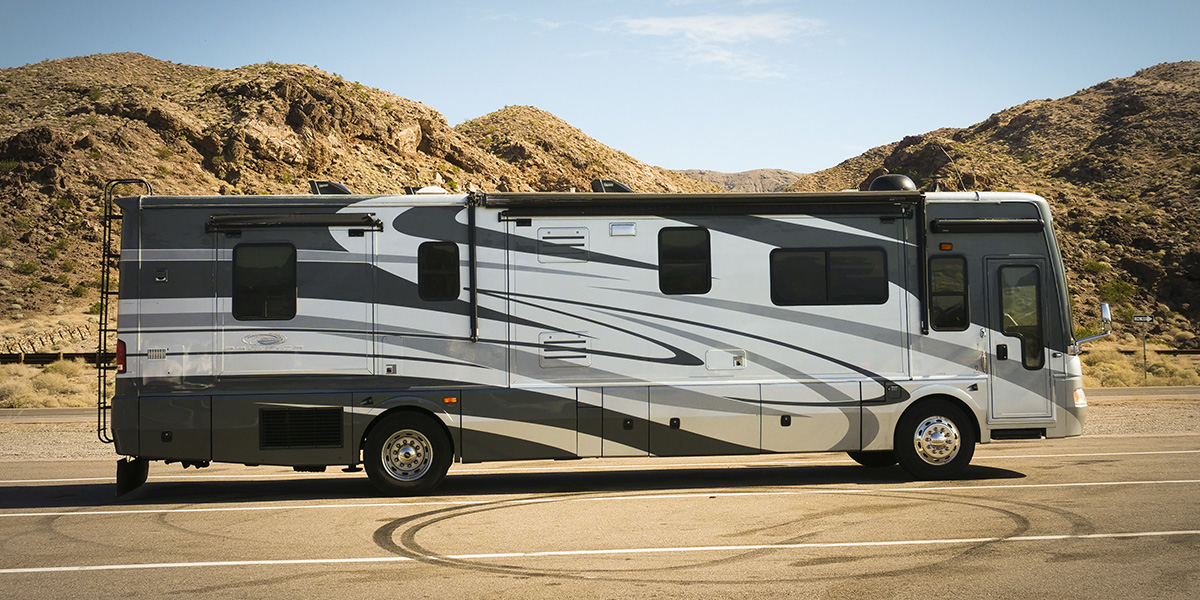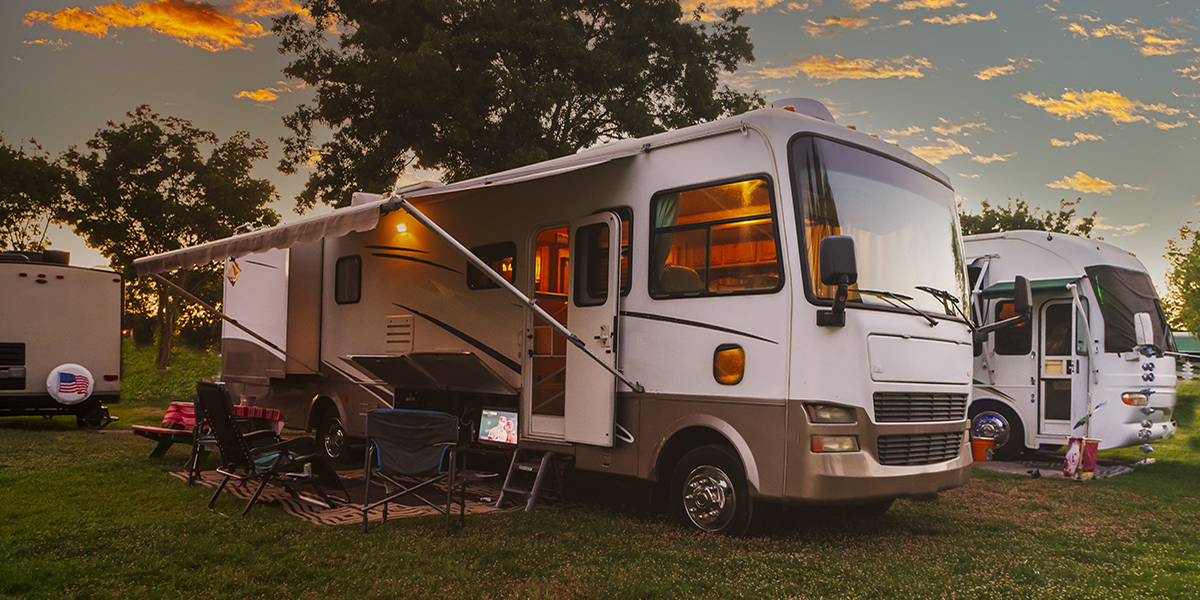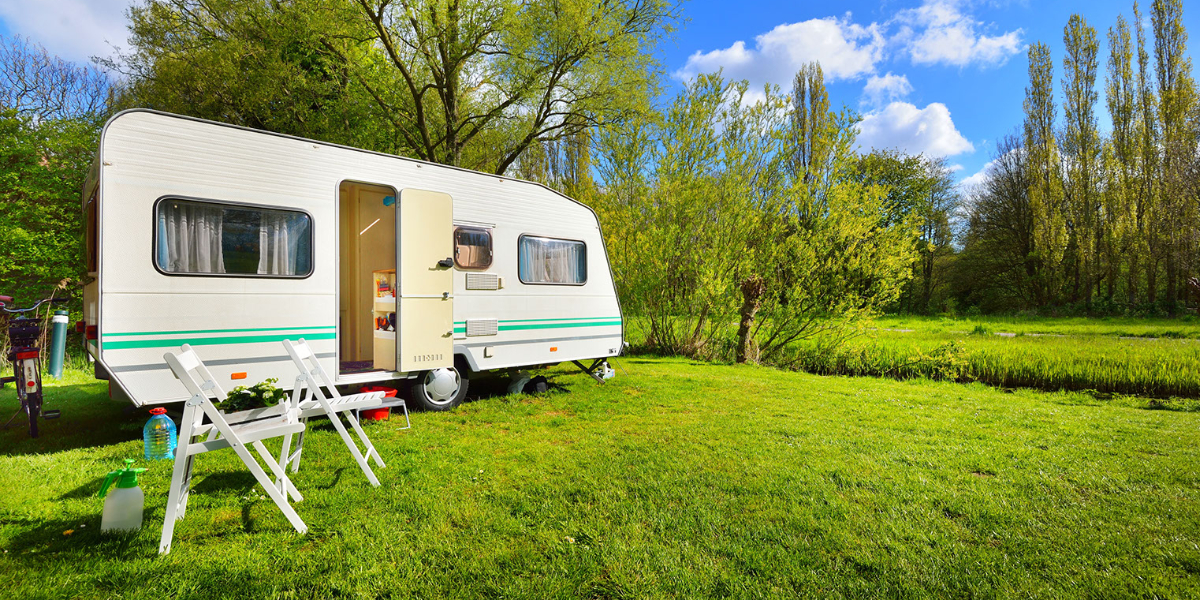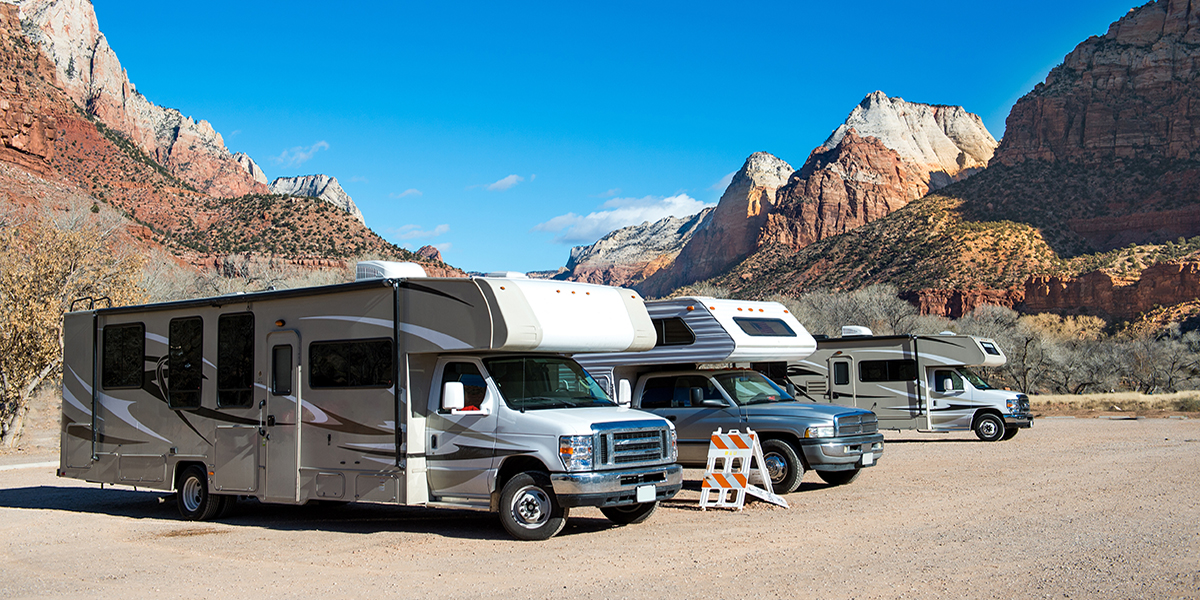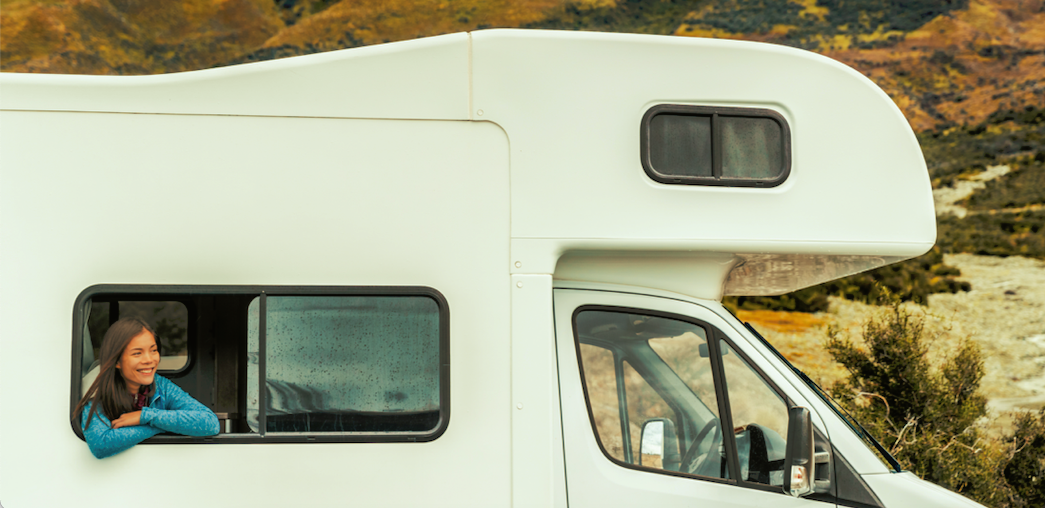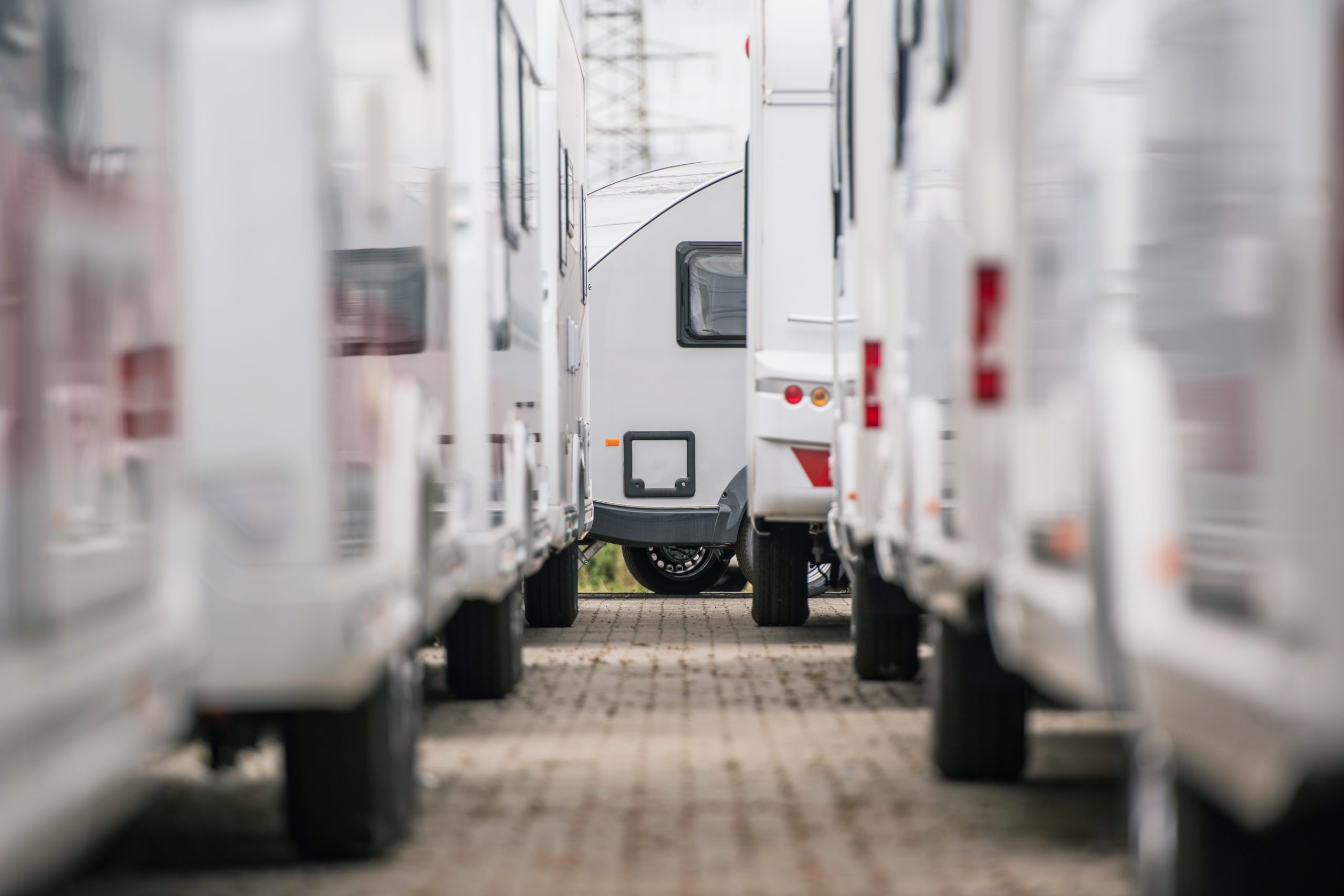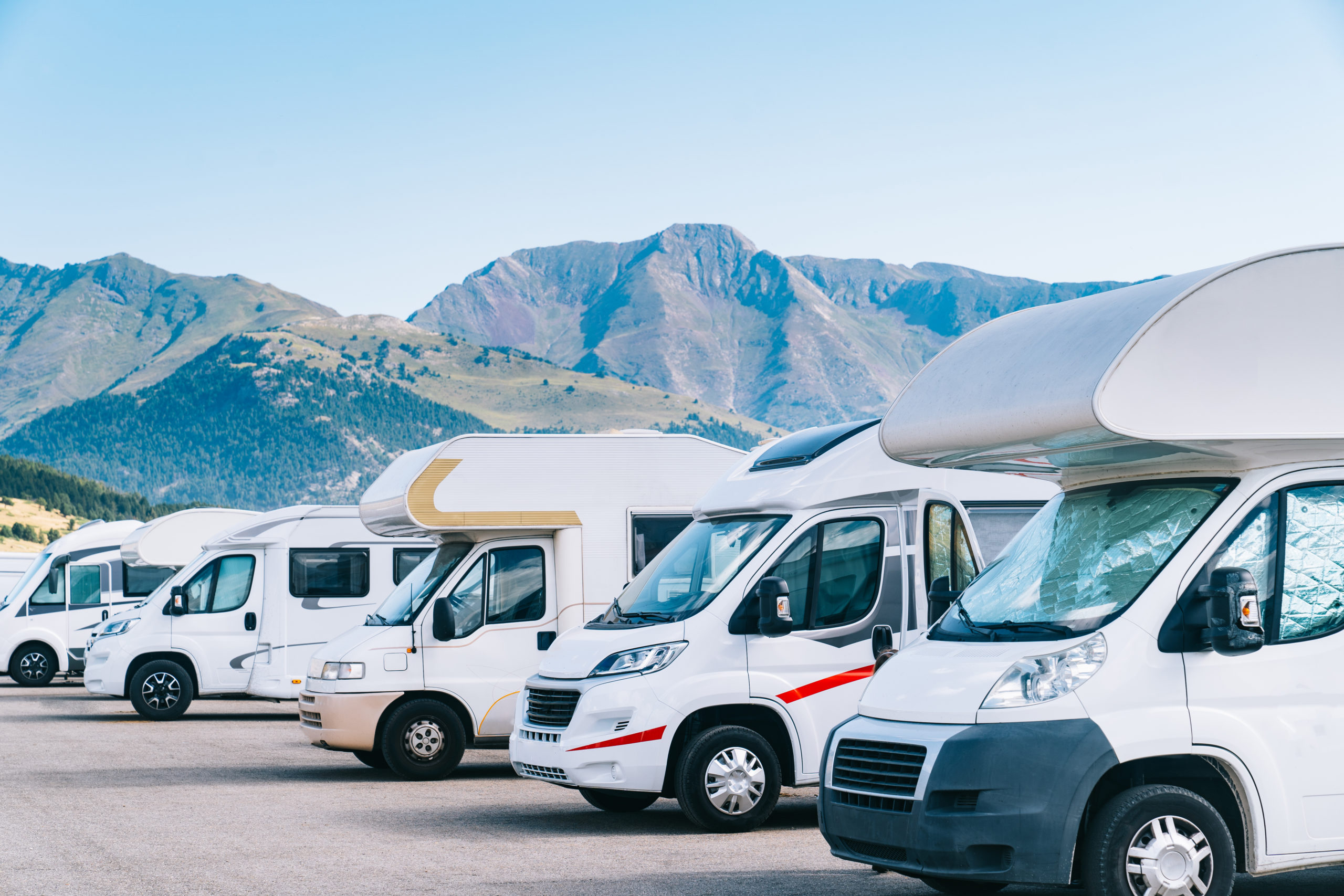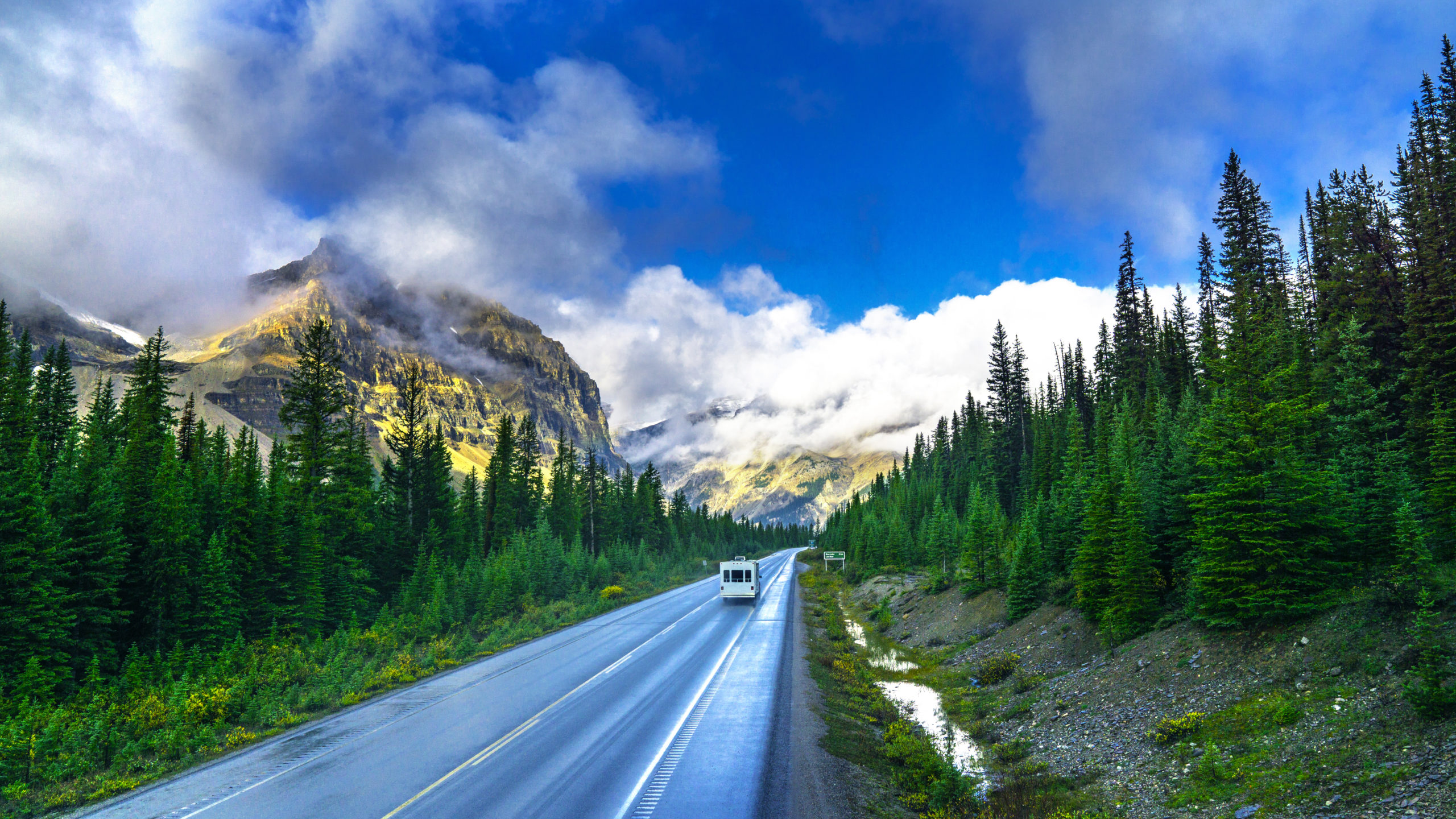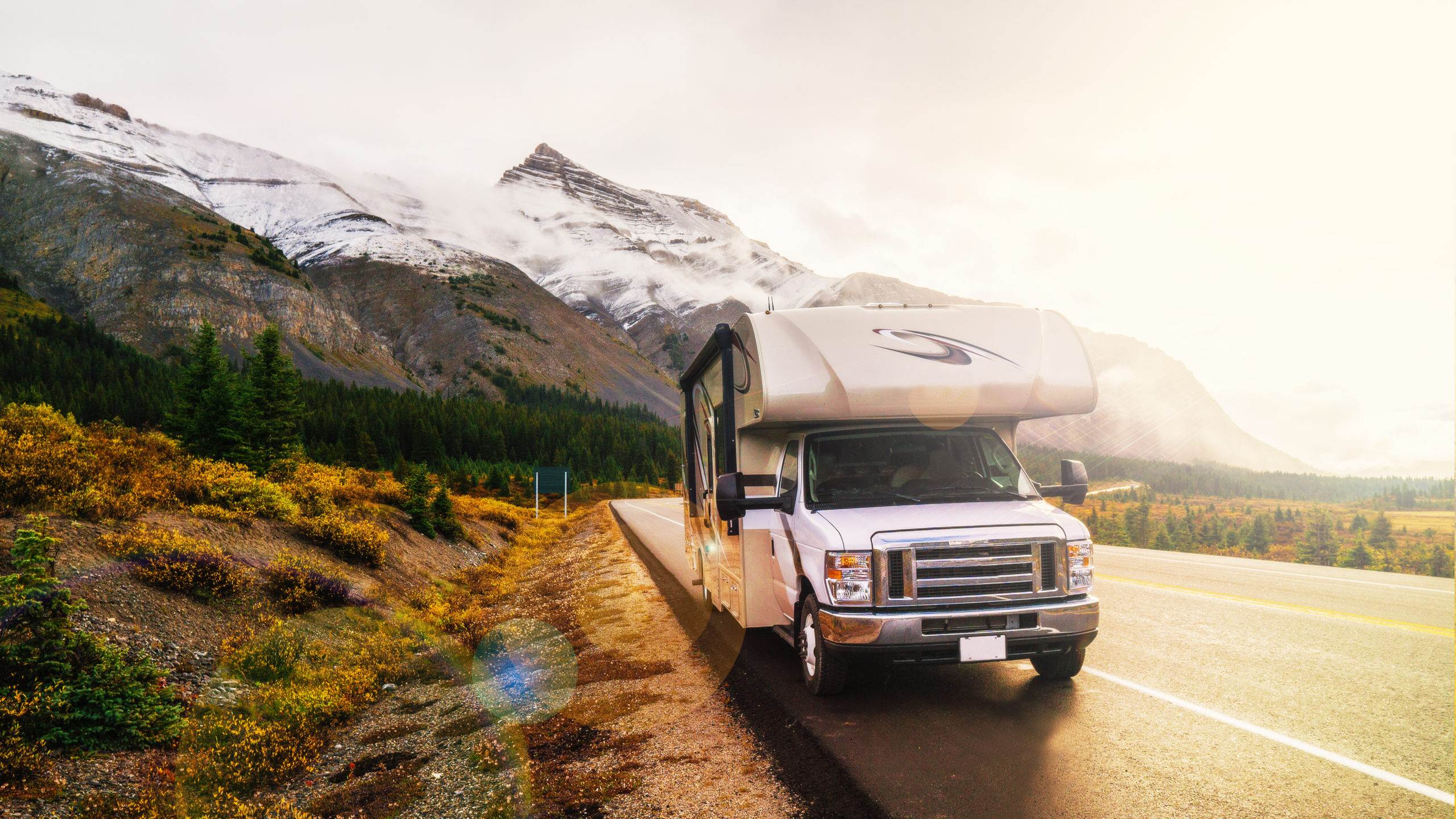Over the last few years, consumers have found alternative ways to make big purchases. Instead of visiting local RV dealerships and browsing the lots, there’s been an emergence in buyers shopping outside of their areas and online. For example, in 2021, 41% of RVs sold in the Denver, Colorado area were registered outside of that market, according to Statistical Surveys Inc.
This trend suggests that shoppers are willing to buy outside their locality. With a record-high demand for RVs and limited supply at local dealerships, many shoppers have been buying campers and motorhomes sight unseen to save time on the process and get on the road faster.
In fact, we surveyed over 2,500 RV Trader shoppers and 11% said they’ve purchased an RV sight unseen, a noteworthy segment of buyers. Of those who have purchased sight unseen, a remarkable 90% said they had a positive buying experience, with 39% describing it as “great” and 22% as “excellent.”
Purchasing an RV without seeing it can have several advantages, including a larger selection of inventory and a faster sale. Thinking about buying this way? RV Trader has seven tips for buying an RV sight unseen to help you have a positive and successful experience.
1. Know What Features You Want
Before shopping for an RV, you should figure out what features you want the unit to have. Consider how often you’ll travel in your home on wheels, as well as who you’ll be with and the types of experiences you want to have on your mobile getaways.
How many sleeping areas will you need? Will you need a full kitchen with all the appliances or something simpler? Do you want to expand your space with slide outs? Asking questions like this can help you decide what type of RV is best for you and how much you might have to spend.
2. Pick a Type of RV
Once you figure out what bells and whistles you want your RV to have, then you can decide which type of RV is best for you and your travel needs. RVs can be divided into two categories, drivable and towable. From there, they range in size and features.
If you’re traveling with a family or group that likes amenities, you may consider a large, luxurious Class A motorhome. Or, if you want to explore different attractions and destinations without lugging around your mobile living spaces, a travel trailer may be better since it can detach from your tow vehicle. Research the different types of RVs, picturing yourself on the open road, to determine which will best fit your travel lifestyle.
3. Determine Your Budget
To determine your budget for buying an RV, you should do some research on the market you’re shopping in. See how much other units are going for to get an idea of a price range. Consider how much you’re willing to put down for the down payment, along with the cost of the monthly payment, fuel, storage and maintenance.
When deciding how much you want to spend on a new or used RV, you should also factor in the potential cost for buying outside of your area. You may have to pay to have the RV shipped to you, or pay the sales tax for a different state.
4. Shop on a Trusted Website
Online shopping can expose you to scammers who are advertising RVs that don’t actually exist. However, you can easily avoid this by shopping on trusted websites from dealerships and online marketplaces. Start by asking your friends and family for suggestions and reading online reviews. You should also make sure that the website is secured and has HTTPS in the URL.
If you are considering buying from a private seller, you should confirm that both they and the RV are legitimate. The seller should also have accurate contact information for you to reach them. For more tips for safely shopping online, read our previous article 13 tips for avoiding scams when buying online.
5. Read the Listing Description
Online listings should include detailed information about the for-sale RV. While reading these listing descriptions, you should learn the make, model, year, condition, mileage, sleeping capacity, and more of the unit you’re browsing. If there isn’t enough detailed information, don’t be afraid to contact the seller with any questions you may have.
While this type of buying is technically sight unseen—because you’re not viewing the RV in-person yourself—you can still get a look at the for-sale RV before you buy it. This is where listing photos come in handy. A good listing should have photos of both the exterior and interior of the RV. These allow you to get a pretty good idea of the camper’s condition and features.
If not, then be sure to ask the seller for more or better photos. A trustworthy seller should have no problem providing you additional images. You should also consider asking for videos. This can give you a virtual tour of the RV without setting foot in it yourself.
6. Ask for an Inspection Report
Descriptions, photos, and videos can only tell/show you so much. An inspection report can give you a comprehensive view of the RV’s condition. There are companies and services that specialize in handling inspections for shoppers, and will travel on your behalf to look at the for-sale RV.
If you’re shopping for an RV on RVTrader.com, units with inspection reports available will feature an inspection badge. RV Trader Assurance, powered by Lemon Squad, is a great option for consumers who aren’t able to see their prospective purchase in person. You’ll be able to easily request an inspection report that features a comprehensive examination of the internal and external structure, complete mechanical inspection, road test, appliance inspection, and over 40 high-quality photos.
7. Arrange the Shipment
If you’re buying an RV sight unseen, chances are that you aren’t able to go pick it up in person. If that’s the case, you should discuss with the seller how you plan to get your potential purchase to your driveway.
Some dealerships will work with you to schedule a delivery and charge you a transportation fee. This step typically happens after you sign a purchase agreement and put down a deposit. If this isn’t possible, or you’re buying from a private seller, you can also find a third-party company to handle the shipping and delivery of your RV.
While buying an RV without seeing it in person is an emerging concept, it can be done safely and successfully. Buying an RV sight unseen can improve your chances of getting your dream camper faster in a competitive marketplace.
Ready to start shopping? Browse the nationwide selection of new and used RVs at RVTrader.com.
